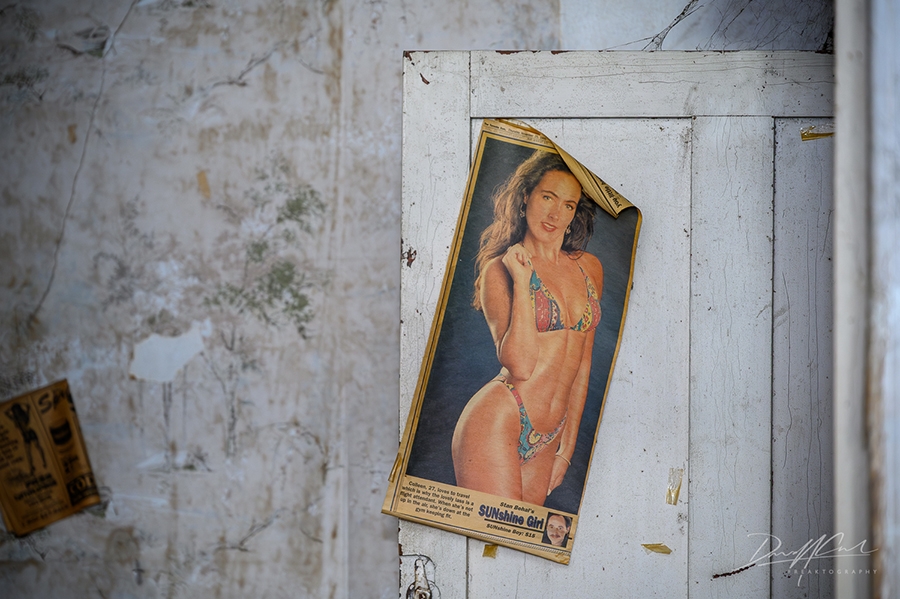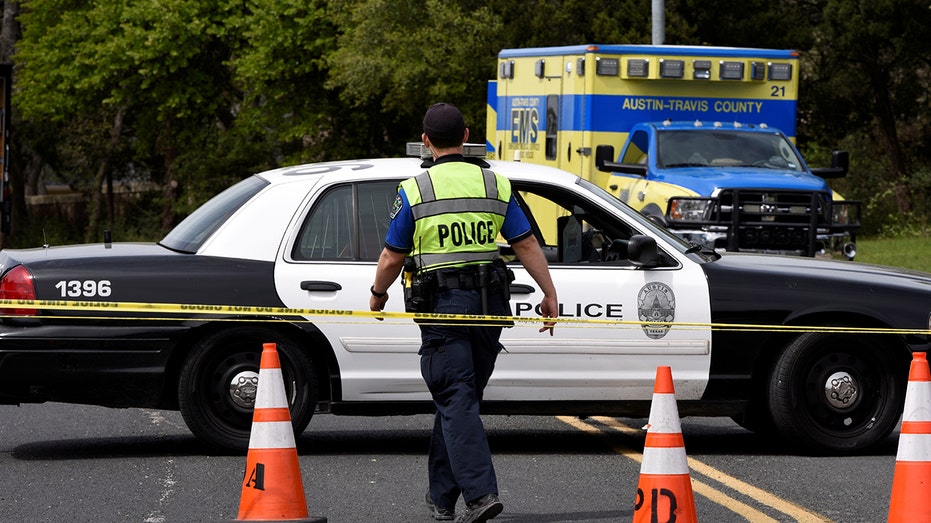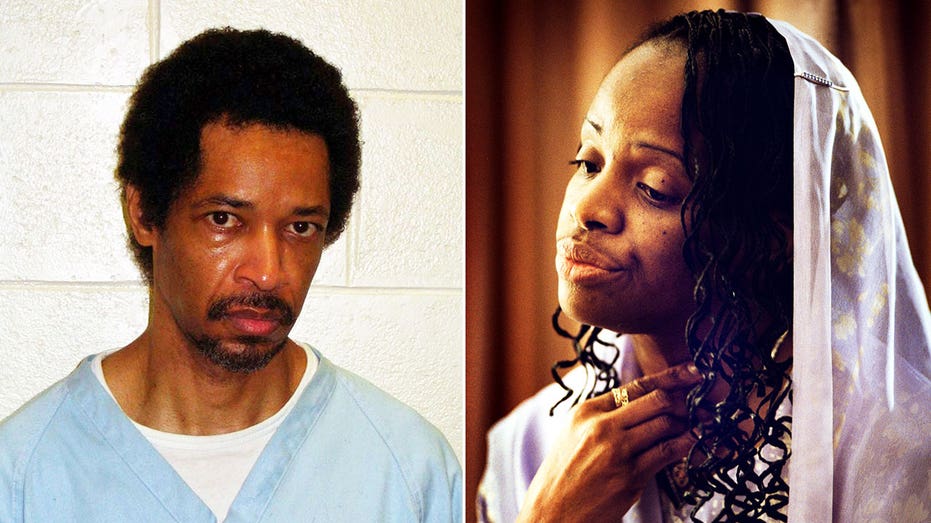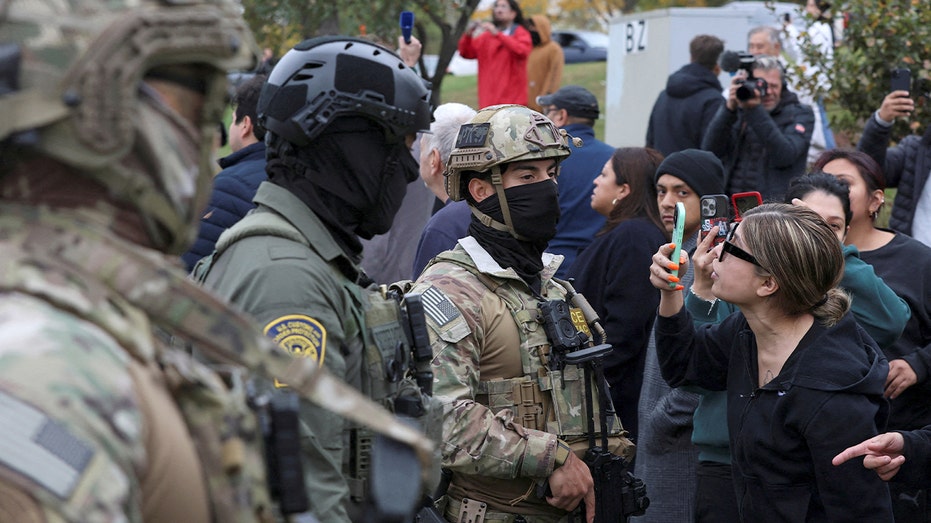
If you were an inquisitive, nocturnal kid in the 1970s, you might have been a fan of Italian horror movies called “giallo.”
They were a stylish gumbo of horror and thriller with a smattering of bare bums and boobs. And they were hyper-violent, predating the slasher genre by several decades.
But a real-life Italian serial killer, dubbed the Monster of Florence by the media in that country, seemed to have taken his cues from the genre – or maybe it was the other way around.
The fiend, who is believed to have killed 16 people, has never been caught and is now the subject of a new four-part Netflix series.
PROMISCUOUS HOUSEWIFE
The Monster of Florence made his debut on the night of Aug. 21, 1968.
In a small town west of the city, mason Antonio Lo Bianco, 29, and promiscuous housewife Barbara Locci, 32, were shot to death with a .22 calibre handgun in his car while her young son slept in the backseat. Initially, cops suspected her jealous hubby, then looked at her other sexual playmates.

This serial killer was different: One of only a handful of the world’s known serial killers who solely targeted couples, mostly young, on rural lanes outside Florence. And always, always during a new moon.
Cops didn’t realize what they had on their hands until six years later.
On Sept. 15, 1974, a young couple – bartender Pasquale Gentilcore, 19, and his gal pal, accountant Stefania Pettini, 18 – was having sex on a lover’s lane when they were shot and stabbed to death in his Fiat.
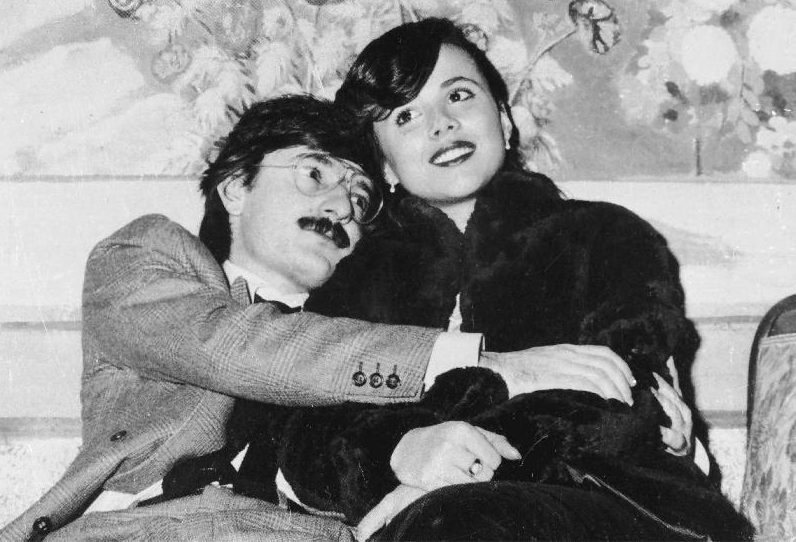
Her corpse had been defiled with a grapevine stalk and then disfigured with nearly 100 stab wounds. She told a pal just hours before the murder that a strange man had been following her.
The Monster would then take a seven-year break before once again sating his burgeoning bloodlust.
MACABRE LETTER
The killings seemed obvious and personal. Lotti’s hubby served six years in the slammer before being cleared. Other suspects were questioned, then cleared. It was a matter of close but no cigarillo.
According to cops, the killer – or killers – used a multitude of weapons, including the Beretta and knives. In more than half of the investigations, a large swath of skin in the area of the female victim’s sexual organs was removed. None of them have ever been recovered.

But in 1985, the Florence Prosecutor’s Office received a macabre letter – inside was the breast flap of a victim.
By the early 1980s, detectives were certain they were hunting a serial killer.
TERROR IN THE ’80S
Terror was the order of the day in Florence during the 1980s, and couples avoided isolated areas for their hormone-charged hijinks – with good reason.
The 1980s were the killer’s salad days with a new wave soundtrack and millions of people sporting very bad hair.
June 6, 1981: Engaged couple Giovanni Foggi, 30, and Carmela De Nuccio, 21, were shot and stabbed. Her body was pulled out of the car, and the killer cut out her pubic area with a notched knife.
Oct. 23, 1981: Stefano Baldi, 26, and Susanna Cambi, 24, another engaged couple, were shot and stabbed. Cambi’s pubic area was also cut out.
June 19, 1982: Paolo Mainardi, 22, and Antonella Migliorini, 20, were shot to death just after having sex in his car. The killer ran out of time to conclude his vile handiwork. Cops connected the slaying to four other double murders, including the first.
Sept. 9, 1983: Gay lovers Wilhelm Friedrich Horst Meyer and Jens Uwe Rüsch, both 24, were found shot to death in their Volkswagen Samba Bus. Cops believe Rüsch’s long blond hair and slim build could have deceived the killer into thinking he was a woman.
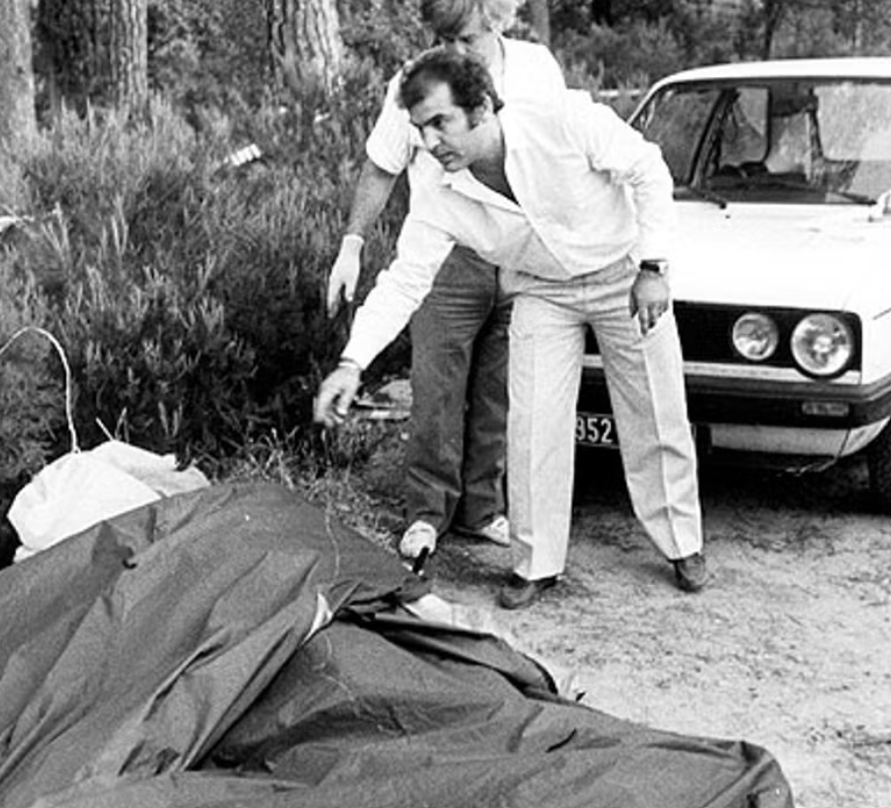
July 29, 1984: Claudio Stefanacci, 21, and Pia Gilda Rontini, 18, were shot and stabbed in his Fiat Panda in a woodland area. Her pubic area and left breast were removed.
Sept. 7, 1985: Jean Michel Kraveichvili, 25, and Nadine Mauriot, 36, both from France, were shot and stabbed while sleeping in their small tent in a woodland area. Her body was mutilated.
And then, the murders stopped.
SEXUAL MUTILATION
A police report in 2000 stated that DNA and fingerprints from suspected accomplices have never been found, nor has the gun. Finding a motive has also been elusive.
One theory is that the murders were the handiwork of a high society Satanic cult. There was a twisted, ritualistic nature to the crimes that included the post-mortem sexual mutilation of the female victims.
“In a story where there have been many possible monsters, over time and investigations, our story focuses on them, the possible monsters, from their point of view. Because the monster, in the end, could be anyone,” the producers of The Monster of Florence said in a news release.
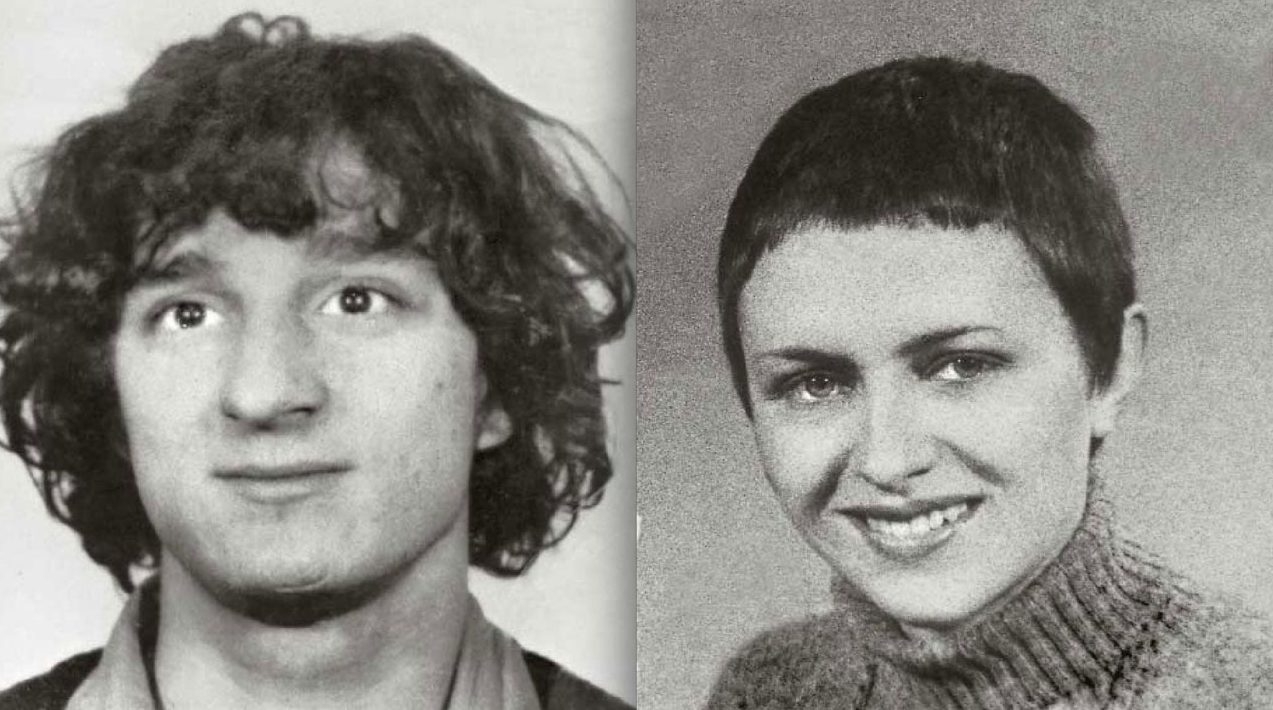
There have been arrests over the years, but few have been convinced that those busted were the actual killer or killers. Merely patsies to draw attention away from the real killers and as result, there were numerous false leads, wrongful arrests and wildly conflicting theories.
The series “draws heavily on real events, direct testimonies, court records and journalistic investigations to reconstruct the national panic and the convoluted, decades-long search for the killer.”
The Monster of Florence is now available on Netflix.

